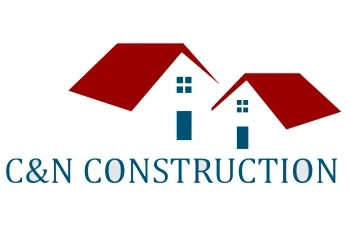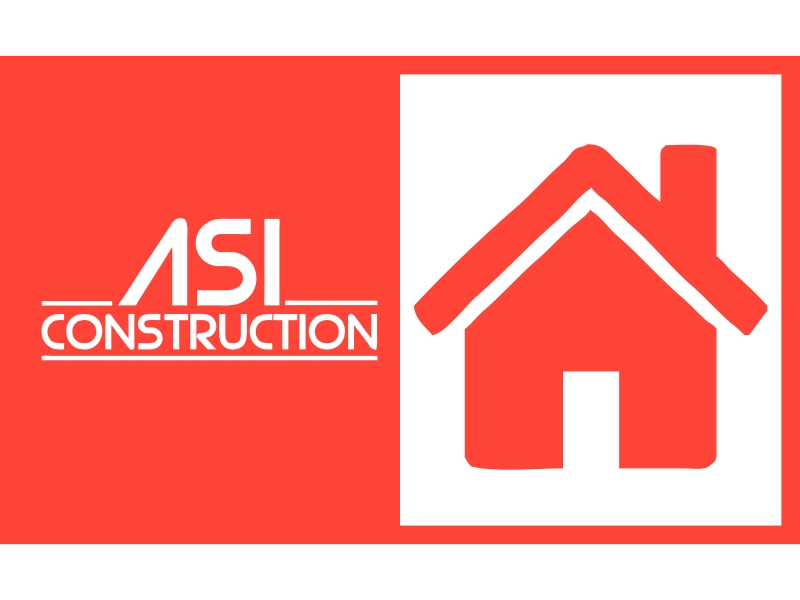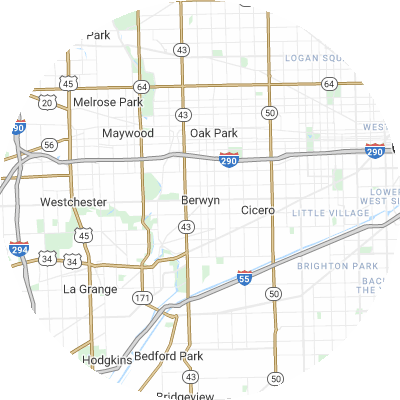Signs You May Need Gutter Guards
While gutter guards aren't always needed, indicators of backed up gutters are clear. Issues stemming from persistent gutter problems include:
- Frequent clogs that lead to overflow and water spilling over gutters
- Soggy ground or visible erosion patterns around your foundation
- Mold growth, peeling exterior paint, or interior water stains on walls near gutters.
- Visibly saggy, damaged, or misaligned gutters that no longer direct rainwater correctly
- Leaky seams or joints where water leaks from the gutters
How To Choose a Gutter Guard Installer
Assess Their Experience
Companies with extensive gutter guard installation experience that have worked with a wide variety of styles and models will know how to take accurate measurements and attach guards to your home’s unique dimensions. Reach out to these companies to find out about their experience and ask for local references.
Verify Proper Licensing and Insurance
Verify that the companies you're considering have valid licenses, bonding, workers compensation coverage, and general liability insurance. This shields you in case of any incidents that could arise. Ask potential providers for current licensing and insurance papers.
Choose Reputable Brands
Seek out companies that provide tenured and trusted gutter guard brands such as Gutter Helmet and LeafFilter. Be wary of companies that only carry generic no-name or their own off-brand guards, as these likely lack the rigorous testing of larger brands.
Seek Custom Fit Services
For optimal performance, guards should be sized and trimmed on-site to fit your gutters. Select a company that custom sizes and cuts guards for your home rather than using one-size-fits-all guards. Accurately fitted guards won't have any gaps where debris can get trapped.
Examine Warranties
Leading gutter guard companies typically offer 20-year or lifetime warranties covering rust, leaks, clogs, and other issues. Before picking a company, carefully review the warranty terms for materials and workmanship guarantees. Warranties are an excellent means of protecting your gutter investment.
Check Reviews and Referrals
Take some time to research online reviews on sites such as the Better Business Bureau (BBB), Google Reviews, or Yelp to see what customers say about their experience. You can also ask your neighbors who they would recommend for quality gutter guard businesses near you. When researching potential providers, it's best to opt for companies with a history of consistent positive feedback rather than just one or two reviews.
Types of Gutter Guards
There are six typical types of gutter guards. These include the following:
- Brush guards are exactly what they sound like: large brush bristles that sit in your gutters to block debris but let water through. Brush guards cost roughly $4.04 per linear foot.
- Foam guards are large pieces of foam that rest in your gutters to block debris. They're lightweight and easy to install. Foam guards cost roughly $2.46 per linear foot.
- Screen guards have large holes that let water through while stopping debris. On average, you can expect to spend $4.28 per linear foot for screen guards.
- Mesh guards have smaller holes than screen guards and similarly catch debris while letting water filter through. These guards are durable and allow debris to slide off rather than sit on top of your gutters. On average, you can expect to spend $4.05 per linear foot for mesh guards.
- Micro-mesh guards are usually the most effective. They have smaller holes than regular mesh guards, which allows even less debris through. On average, you can expect to pay $5.13 per linear foot for micro-mesh guards.
- Surface tension guards, also called reverse curve guards, use surface tension to let water flow into gutters while debris slides off. Generally, they are visible from the ground. Surface tension guards cost around $3.15 per linear foot.












